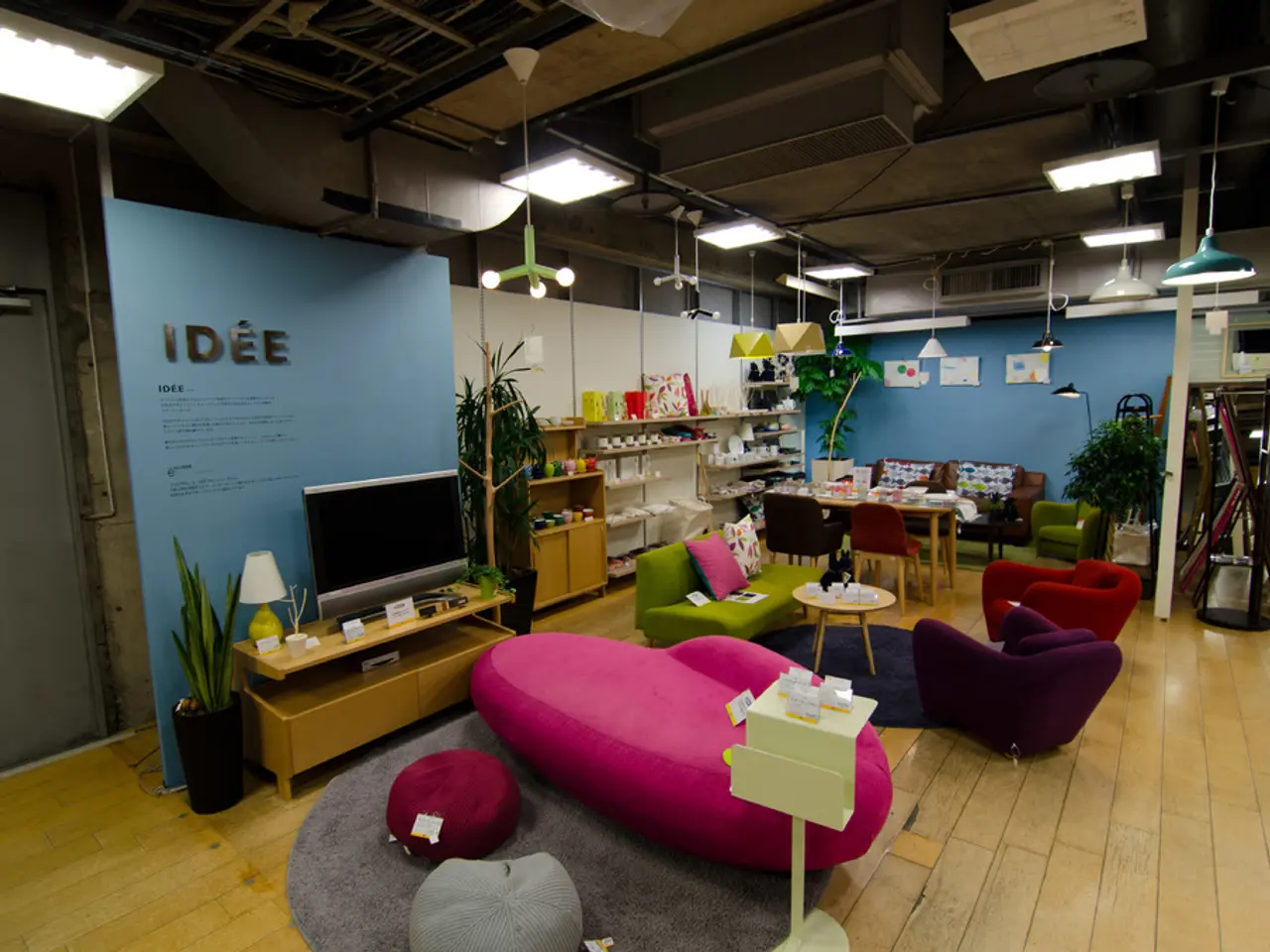Exploring Autonomy and Assistance: Decoding Today's Home Health Care Choices
In today's landscape, home care services offer a comprehensive solution to address the medical, physical, and social needs of seniors, enabling them to age gracefully in the comfort of their own homes.
Types of Home Care Services for Seniors and Their Benefits
Home care services are generally categorised into three main types: non-medical care, nursing care, and home health care.
- Non-Medical Home Care (Personal Care and Companionship)
- Assists with activities of daily living (ADLs) such as bathing, dressing, toileting, meal preparation, housekeeping, and transportation.
- Provides companionship to reduce loneliness and support social engagement.
- Enables seniors to stay safely at home while managing everyday tasks.
- Typically provided by caregivers, aides, or family members.
- Examples include home-delivered meal programs, homemaker services, and senior centers.
- Nursing Care
- Administered by registered nurses (RN), licensed practical nurses (LPN), or certified nursing assistants (CNA).
- Provides medical-related care at home, such as medication administration, vital signs monitoring, wound care, and chronic disease management.
- Supports higher-level clinical needs while allowing aging in place.
- Home Health Care
- Often prescribed by physicians for short-term rehabilitation needs (e.g., after strokes, surgery, or injury).
- Includes skilled nursing, occupational therapy, physical therapy, and speech therapy.
- Focuses on recovery, function improvement, and preventing hospital readmission.
- Human Services in Home and Community-Based Services (HCBS)
- Includes adult day care, congregate meal sites, transportation assistance, home safety assessments, and legal/financial services.
- Supports overall well-being and accessibility to community resources.
- Designed to help seniors remain independent in their homes and surroundings.
Technology Integration in Home Care Services
Technology, particularly AI and telecare systems, is increasingly integrated into home care services to enhance safety, health monitoring, independence, and reduce social isolation.
- AI Home Care Assistants
- Offer continuous monitoring of vital signs and detect falls with immediate alerts to caregivers or emergency services.
- Monitor behavioural health, spotting stress or mood changes to support mental well-being.
- Help manage medication schedules, appointments, and daily tasks, fostering independence.
- Social robots and virtual companions reduce loneliness by engaging seniors in conversation, games, and cognitive activities, improving emotional health.
- Reduce caregiver stress by automating mundane tasks and offering detailed health data to improve personalized care planning.
- Telecare Systems
- Combine sensors, emergency alerts, and 24/7 remote monitoring to enhance safety.
- Can automatically detect emergencies without user intervention.
- Track daily routines and detect subtle changes in activity or health data that may indicate problems early, helping to avoid hospitalization.
- Enable seniors to remain longer in their homes safely and affordably compared to institutional care.
- Support extended independence and provide peace of mind to families and caregivers.
Summary Table: Types of Home Care and Technology Benefits
| Type of Service | Benefits | Technology Integration | Benefits of Technology | |-----------------------------|-----------------------------------|-------------------------------------------|-----------------------------------------| | Non-Medical Care | ADL assistance, companionship | Social robots, AI scheduling assistants | Reduced loneliness, improved quality of life | | Nursing Care | Medical monitoring, clinical care | AI health monitoring, telehealth devices | Faster medical response, better chronic care management | | Home Health Care | Rehab therapies, skilled nursing | Remote therapy support, AI alerts | Enhanced recovery, reduced hospital visits | | Human Services (HCBS) | Meals, transportation, home safety| Telecare sensors, emergency alert systems| Safety monitoring, independence support |
In summary, home care services for seniors span both medical and daily living support, with significant benefits in maintaining health, safety, and independence. Technology such as AI assistants and telecare systems plays a crucial role in enhancing care quality, early health issue detection, social engagement, and caregiver support, thereby reducing social isolation and improving overall outcomes for seniors living at home.
[1] "Types of Home Care Services for Seniors." AgingCare, www.agingcare.com/articles/types-of-home-care-services-for-seniors-149954.htm. [2] "The Impact of AI and Robotics on Home Care Services." Forbes, 10 Mar. 2021, www.forbes.com/sites/forbesagencycouncil/2021/03/10/the-impact-of-ai-and-robotics-on-home-care-services/?sh=54a66c4d67b6. [3] "Home Care Services: What You Need to Know." AARP, www.aarp.org/caregiving/home-care/info-2019/home-care-services.html. [4] "Telecare: A Revolution in Home Health Care." HealthTech Magazine, www.healthtechmagazine.net/article/2018/12/telecare-revolution-home-health-care. [5] "The Role of Technology in Home Care Services." SeniorAdvisor, www.senioradvisor.com/blog/the-role-of-technology-in-home-care-services/.
- The AI home care assistants, integrated into home care services, monitor seniors' vital signs continuously and alert caregivers or emergency services in case of falls, while also helping manage medication schedules, appointments, and daily tasks, enhancing their independence.
- Telecare systems, which blend sensors, emergency alerts, and 24/7 remote monitoring, are utilized in home care services to increase safety by automatically detecting emergencies, track daily routines, and detect subtle changes in activity or health data, thereby aiding early problem detection and minimizing hospitalization.
- Human services within home and community-based services (HCBS), including technology such as AI scheduling assistants and emergency alert systems, contribute to safety monitoring and supporting seniors' independence, enabling them to navigate their homes and surroundings more easily.




